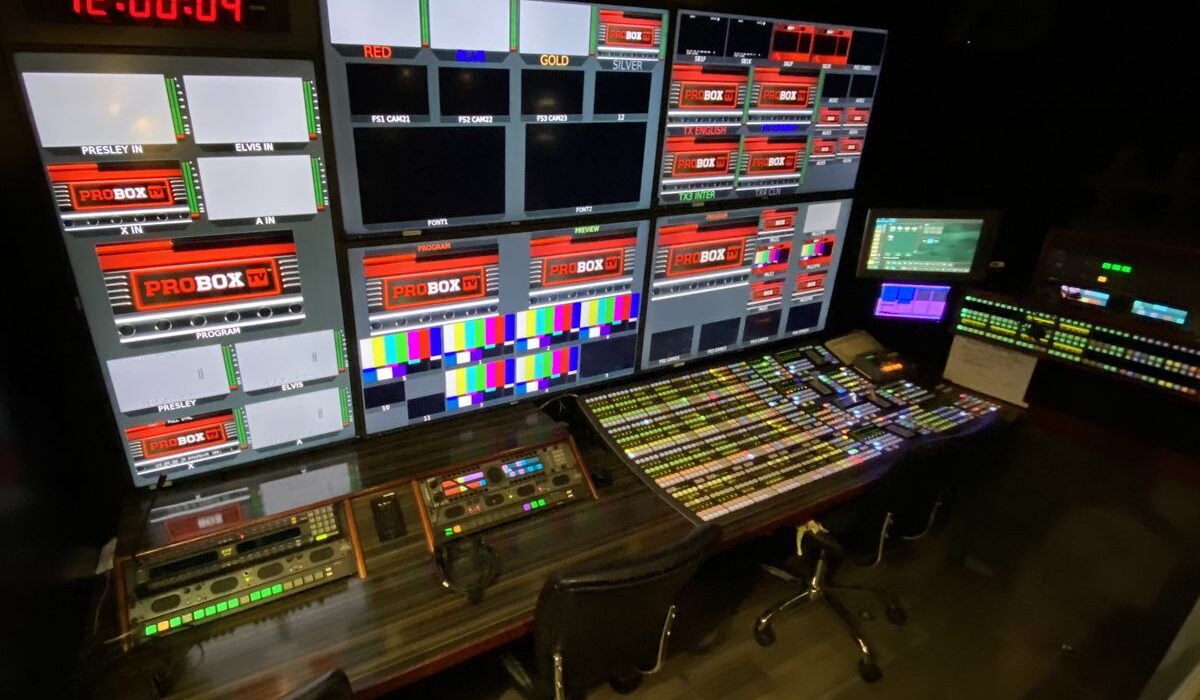The sports broadcasting industry has seen a dramatic transformation in recent years. From radio play-bys-plays to multi-platform, high-definition experiences, the excitement of the game is now brought into our homes. This article explores sports broadcasting’s fascinating journey, from humble beginnings up to the cutting-edge technologies that define this industry today.
The Birth of Sports Broadcasting and Radio in the Early Years
Early 20th-century sports fans relied on the newspaper for news about their favorite teams. Radio changed the game, allowing fans to hear live play-by plays from their own homes. The voice of the announcers has become synonymous with sports and excitement, creating a connection between the spectators and the action on the field 스포츠중계
.
The Television Revolution
Television was the real revolution for sports broadcasting. The 1936 Berlin Olympics was the first live sports event to be televised, launching a new age. The quality of broadcasts improved as television technology progressed. In the 1960s, the introduction of color television added a new layer of realism and enhanced the viewing experience of sports fans.
Satellite and cable: Extending the reach
Satellite and cable television expanded the reach of sports broadcasting in the 1970s and 80s. Sports events have become international spectacles with the ability to broadcast signals worldwide. The major sporting leagues took advantage of this opportunity by negotiating lucrative deals for broadcasting, which brought in substantial revenue and elevated the profile and status of athletes and teams.
The Digital Age: Internet and Streaming
Internet and streaming services have revolutionized sports broadcasting in the 21st century. Fans could now access highlights, live games, and analysis via a wide range of devices, rather than relying solely on TV broadcasts. The streaming platforms allowed viewers to consume sports content flexibly.
Interactive Experiences: Social Media and Second screens
Social media and second-screen experiences have added a whole new dimension to broadcasting sports. Fans can interact in real-time, exchanging their opinions, reactions, and experiences at live events. Sports coverage has become more interactive and social thanks to the use of social media.
Immersive technologies: Virtual Reality (VR) and Augmented Reality
Virtual reality (VR), and augmented reality, are gaining popularity in sports broadcasting as technology advances. VR allows fans to experience the game as if they were in the stadium. AR overlays graphics, data, and information onto the broadcast to enhance the viewer’s experience.
Challenges and Opportunities
Sports broadcasting has made great strides, but it still faces many challenges, including the growth of illegal streaming and issues regarding broadcasting rights. It also needs to innovate constantly to keep its viewers interested. These challenges present the industry with opportunities to explore new business models, enhance viewers’ experiences, and utilize emerging technologies.
The Future of Sports Broadcasting
The future of sports broadcasting is set to be even more advanced. AI and machine learning could play a part in personalized content recommendations. 5G technology promises a faster and more reliable stream. The integration of advanced analytics and biometric data could give viewers unprecedented insight into athlete performances.
The conclusion of the article is:
Sports broadcasting has changed dramatically over the years. From the radio broadcasts that were popular in the past to the multi-platform, high-definition experiences we have today, the industry is dynamic and immersive. While technology continues to change the way we view sports, there is one constant: the ability of broadcasts to bring together fans from around the globe in a shared passion for sports. The evolution of sports broadcasting is a testament to the ingenuity and innovation of humans, as well as their unbreakable bonds with athletes around the world.








